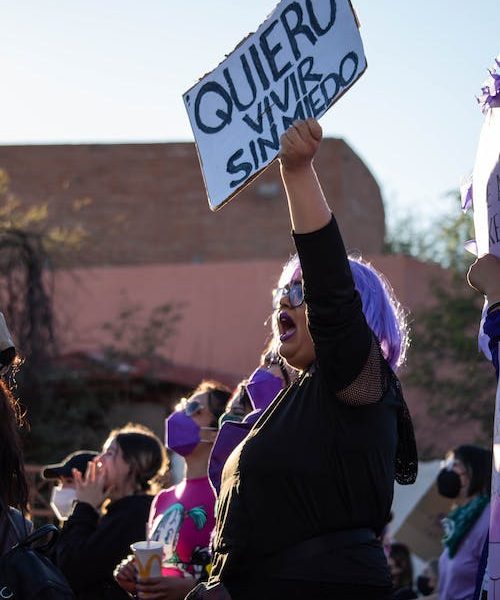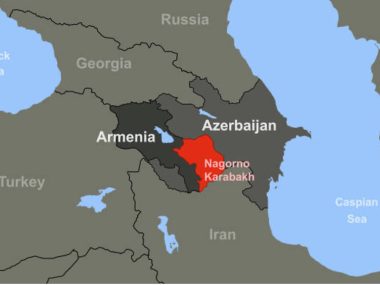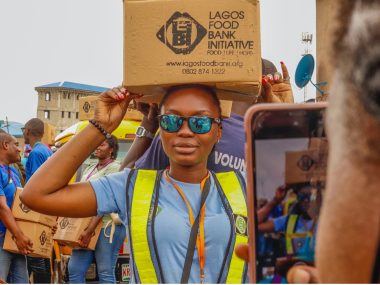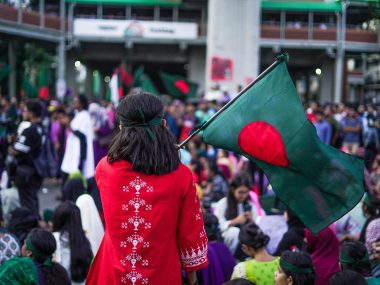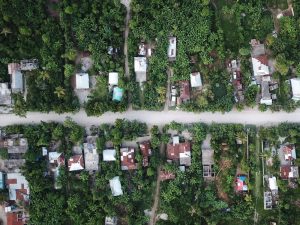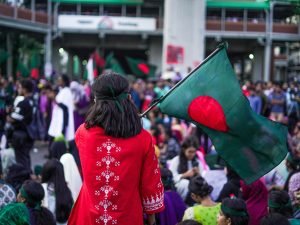In 2021, at least 4,473 women were victims of femicide in 29 countries and territories in Latin America. This means that 12 women die violent, gender-based deaths in the region per day.
Femicide, which is defined as the killing of a woman or girl by a man due to her gender, has been a decades-long issue in Latin America, but especially so in Mexico. The specific terminology is worth noting. As opposed to homicide, in cases of femicide, perpetrators are distinctly male. Cases can also include both intimate partner violence and violence committed by strangers. Femicide occurs so often in the region that even the language around it exemplifies its severity. For instance, in Spanish, the term ‘feminicida’ has been coined to refer to men who commit femicide. This is quite unique to the Spanish language, as there is no term in English referring specifically to the perpetrators of femicide. Although Mexico does not have the highest rate of femicides compared to other Latin American countries, it makes for a unique case study due to the way the issue has sparked and fueled mass protests and social movements. All this begs the question, what are the drivers behind the prevalence of femicide in Mexico and its resulting resistance?
Femicide in Mexico
The first few months of 2022 were a particularly significant period in Mexico in terms of violence against women. The conditions were especially dangerous for Indigenous women, who are at greater risk of being femicide victims due to their gender and socioeconomic class, indicating a connection between the nature of femicide and social development. The increase in cases of femicide was so concerning that in February, deputies of the National Action Party (PAN) urged the head of government of Mexico City, Claudia Sheinbhaum, to declare a state of emergency in the capital. The situation reached a boiling point in April when several femicide cases garnered national attention and provoked numerous protests across the country. One viral case that shocked the nation was that of Debanhi Escobar, an 18-year-old girl from Nuevo Leon, who was found dead in a motel in the municipality of Escobedo after having disappeared two weeks prior. Following this, a national mourning for femicide victims took place in Toluca. 1,500 people also marched in Nuevo Leon’s capital, Monterrey, against femicides and disappearances. The biggest demonstrations occurred on March 8th for International Women’s Day (#8M movement), when 75,000 people participated in rallies nationwide.
What is behind the increase in protests against femicide in Mexico?
Various actors have argued that there is a direct link between the increase in protests against femicide in Mexico and the country’s political leaders, specifically President Andrés Manuel López Obrador (AMLO). These actors include his opposition – the National Action Party (PAN), the National Commission on Human Rights, the press, local civil society members including activists, feminist collectives and grassroot organizations, as well as international organizations like the United Nations (UN) and Amnesty International. In recent years, public alignments have been made clear as many of them have pointed fingers at AMLO, claiming that the state of the country is a reflection of his government’s lack of action and incompetence. These claims are not baseless. In fact, according to Ricardo Anaya Cortés, former PAN president and presidential candidate, since AMLO’s presidency began in 2018, “103,000 people have been killed, 3000 of them being women who were victims of femicide”, hinting at a rise in femicides since AMLO took office. Furthermore, according to the National Institute of Statistics and Geography, “the number of women murdered in 2018 was the highest recorded since 1990”. Furthermore, reports dating back to 2021 state that “ten women and girls are murdered every day in Mexico”.
AMLO himself has also made various statements that have spurred these arguments on. His attempts to fear monger, repress freedom of expression and press, and stigmatize the feminist movement ahead of #8M rallies were denounced by Amnesty International. Further implicating evidence came in April 2022, when photos circulated online showing the message: “Que Siga AMLO” [May AMLO continue] written on the place where Debanhi Escobar’s body was found. These factors explain why protests erupted nationwide with the intention of not only calling out the government for their inaction and ineffective policies, but also demanding better policies to protect women.
Policy Implications
Although Mexico’s femicide issue is far from resolved, the protests and #8M rallies that occurred in the wake of the Debanhi case were not entirely fruitless. The Gender Equality Commission approved various pieces of legislation for discussion, including four amendments to the General Law on Women’s Access to a Life Free of Violence: the implementation of a public sex offender registry, protocol and warning signs, gender perspective, and education. The registry of rapists has since been approved and implemented in several Mexican states. The rallies also garnered international attention and the United States committed to providing resources to train Mexican women in security and justice issues. A few other key post #8M events and policy changes include more than 300 defendants being prosecuted for crimes against women, and the Chamber of Deputies demanding a halt to femicide, requesting the Integral Program to Prevent, Attend, Sanction and Eradicate Violence Against Women to seek information on femicide crimes. Additionally, echoing the call of #El9NingunaSeMueve [on the 9th, no woman moves], 64 female Senators, from all parties, did not show up to the parliamentary precinct, causing the session to be suspended due to lack of quorum. Mexico also created Femicide Units which are special teams of detectives, lawyers and doctors investigating violent crimes against women.
Moreover, in light of the Debanhi case, on April 26, 2022, the Senate recognized the recent national increase of femicides and observed a minute of silence. On the same day, the Chamber of Deputies added “Attempted Femicide” to the Federal Criminal Code, with Congress approving up to 40 years in prison for attempted femicide.
What’s Next?
Although the issue of femicide in Mexico is complex, there is a clear connection between the increase in protests and the country’s political leaders. The unrest and social movements also successfully highlight the role societal actors play in pushing against AMLO’s political agenda. A UN Development Program report on understanding conflict in Latin America emphasizes the theory that “social conflicts in this region involve both a transition toward and a demand for social change”. This means that in certain cases they focus on questioning the root of an issue and in others they address systemic inadequacies. The #8M Movement in Mexico does both, shining light on deep-rooted causes of crimes against women while simultaneously demanding policy changes. From a regional lens, femicide is evidently a prevalent issue throughout Latin America. Combating this issue depends on governments taking proper action and designing comprehensive, sustainable public policies targeting gender-based violence. For instance, the changes made by the Mexican government in response to national unrest, such as the implemented amendments and the addition of “Attempted Femicide” to the Federal Criminal Code, are significant steps in the right direction which, if applied regionally, could have significant impact.

